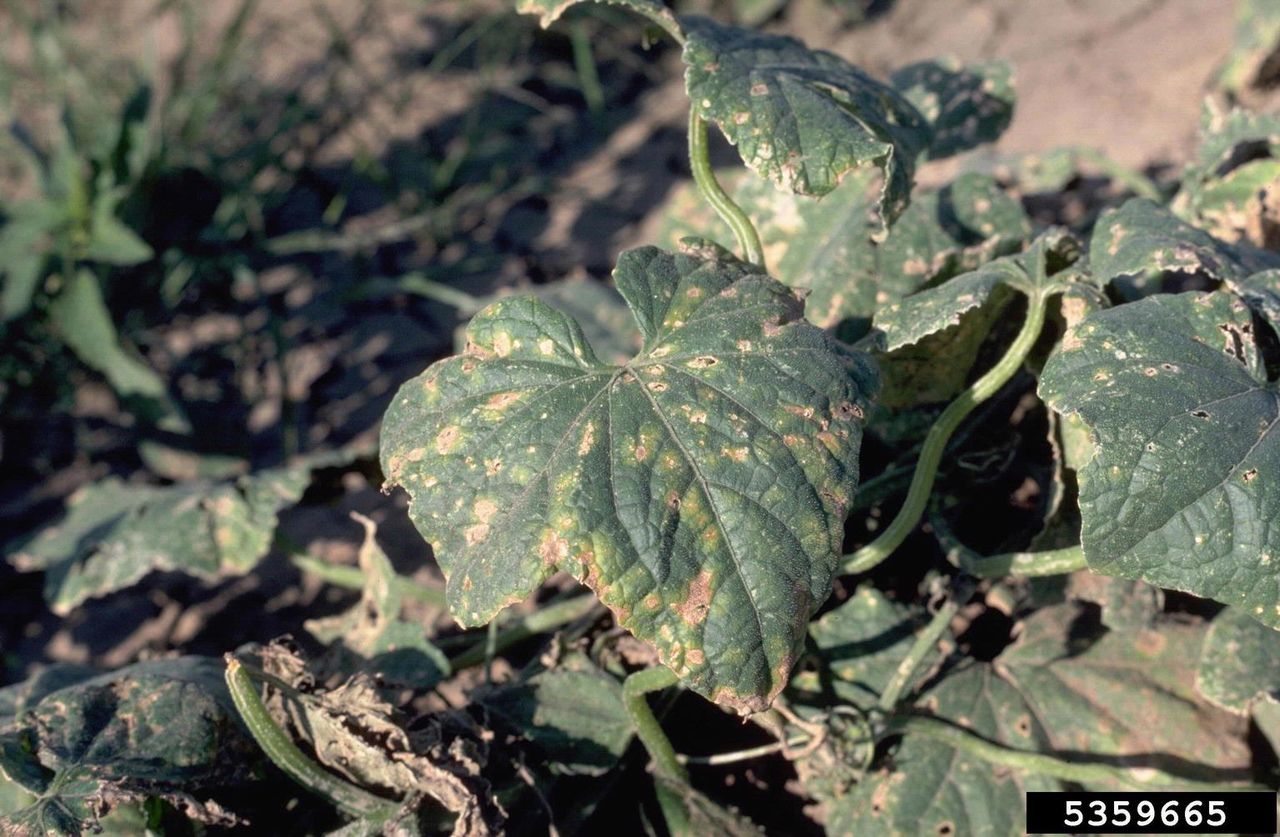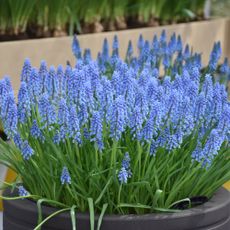Cucurbit Angular Leaf Spot – Managing Angular Leaf Spot Of Cucurbits


Cucurbits with angular leaf spot may give you a smaller harvest. This bacterial infection affects cucumbers, zucchini, and melons and causes angular lesions on leaves; thriving in warm, humid conditions. You can take measures to prevent this infection and to manage it if you see signs in your garden.
What is Angular Leaf Spot?
Angular leaf spot is a bacterial infection that affects cucurbit plants. The offending bacterium is called Pseudomonas syringae. The infection may take hold in any cucurbit, but it is most common in cucumbers, honeydew melons, and zucchini. Other melons, squashes, and pumpkins may be infected, but this is less common. The conditions in which the infection thrives are humid and moist. It is most likely to spread after a big rain or with the use of overhead irrigation. During warm, rainy weather in the summer is when cucurbit angular leaf spot is most likely to take hold.
Signs of Cucurbit Angular Leaf Spot
The infection begins with lesions on the leaves that are water soaked. They will then turn gray to brown in color and are limited by veins in the leaves, hence the angular description and appearance of the lesions. When the leaves dry out, the affected leaf tissue crumbles and leaves an angular hole in the leaf. This leaves the plant looking tattered. Lesions may grow on the fruits as well, but these are usually superficial.
Angular Leaf Spot Control
Try cultural control for angular leaf spot of cucurbits before trying chemicals to eradicate the infection. Before you ever put any cucurbits in your garden, look for varieties that are resistant to angular leaf spot; many are available. How you water your garden also makes a difference. Instead of watering overhead, use drip irrigation. Crop rotation helps as well. Rotate cucurbits with other vegetables that are not susceptible to the infection each year. If you have signs of infection in your cucumbers this year, remove the affected foliage and dispose of it, but don’t add it to your compost. You can also till the leaf litter deep into the soil to help it break down. If you can’t seem to shake the infection, try a bactericide. An early infection may respond to copper sprays.
Gardening tips, videos, info and more delivered right to your inbox!
Sign up for the Gardening Know How newsletter today and receive a free copy of our e-book "How to Grow Delicious Tomatoes".

Mary Ellen Ellis has been gardening for over 20 years. With degrees in Chemistry and Biology, Mary Ellen's specialties are flowers, native plants, and herbs.
-
 Best Tomatoes For Containers: 10 Tastiest Varieties For Plentiful Produce In Compact Areas
Best Tomatoes For Containers: 10 Tastiest Varieties For Plentiful Produce In Compact AreasThese are the best tomatoes for containers that prove you don't need to have a large space or elaborate garden to grow delicious produce.
By Bonnie L. Grant
-
 Ultimate Potted Flowers For Spring: 8 Brilliant Blooming Options for Spring Containers
Ultimate Potted Flowers For Spring: 8 Brilliant Blooming Options for Spring ContainersCelebrate the most uplifting of seasons with the most dazzling container flowers imaginable. Here, we present some of the loveliest potted flowers for spring…
By Tonya Barnett